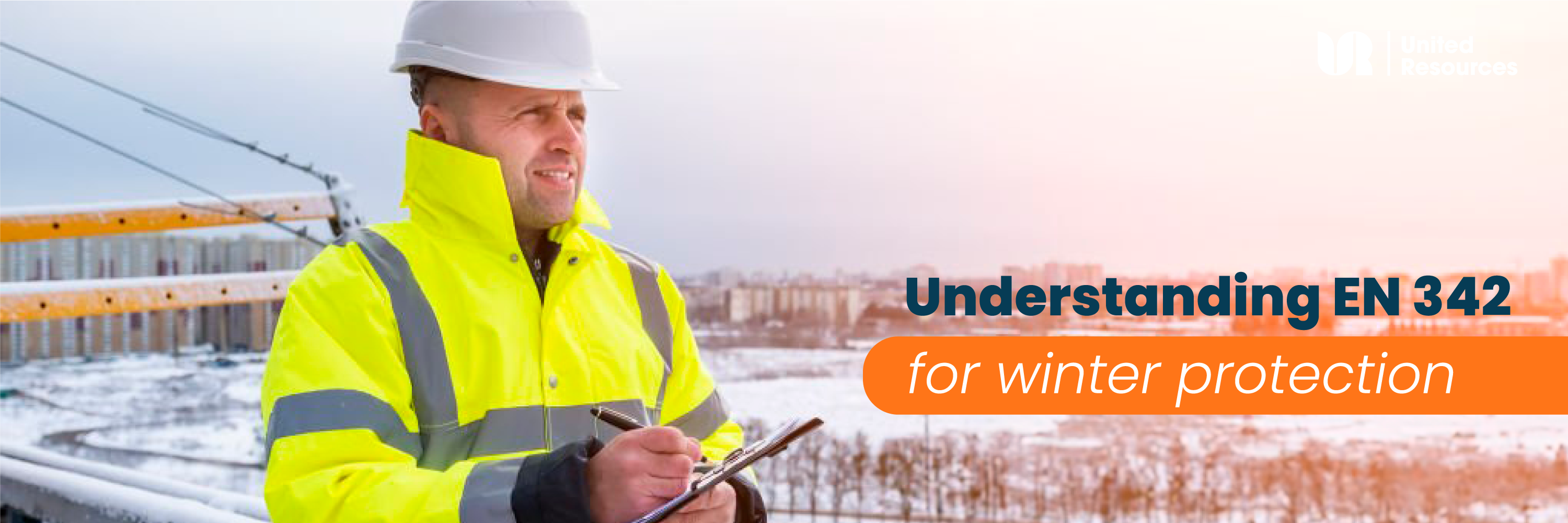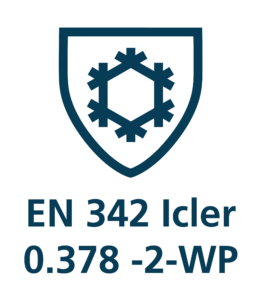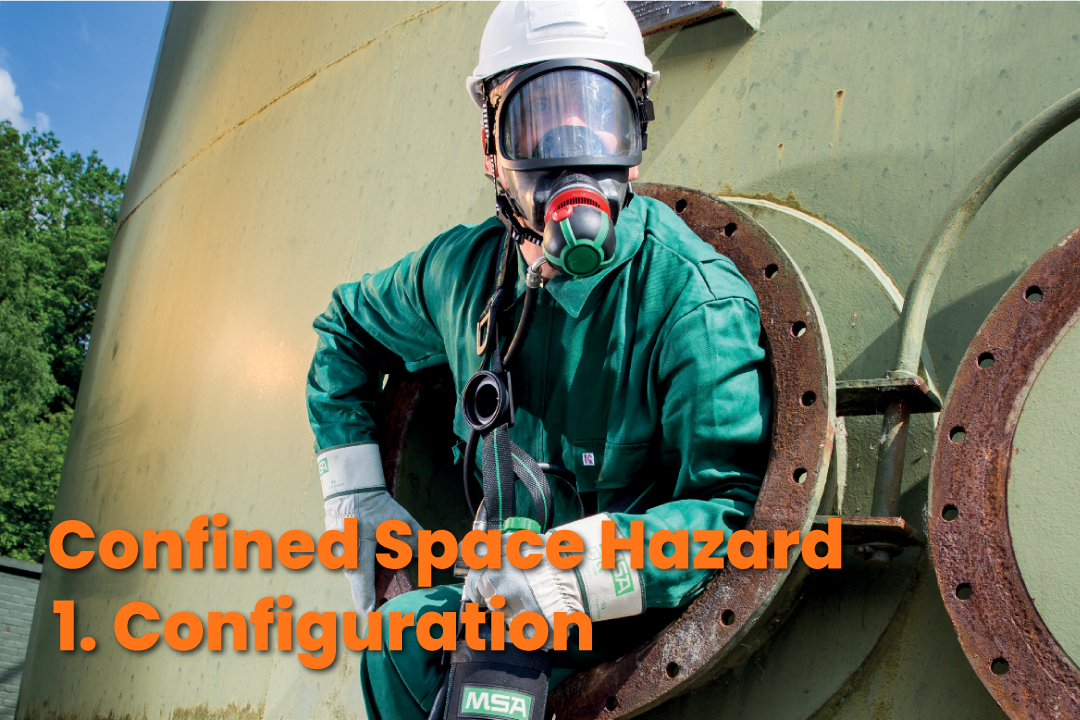EN 342 is a globally-recognised European standard that specifies the performance requirements and test methods for personal protective equipment (PPE) designed for cold environments. It rates PPE on its ability to protect workers in environments up to –5°C, with a focus on air temperature, humidity, and wind: key factors that influence how the body loses heat.
Garments certified to EN 342 undergo testing for:
Thermal insulation (Icler value) – the clothing’s ability to retain body heat in motion, providing warmth in cold conditions.
Air permeability – the clothing’s ability to resist wind penetration, which prevents heat loss in cold environments.
Water penetration resistance – the clothing’s ability to resist water from getting through, ensuring the wearer stays dry in wet conditions.
Together, these ratings help users understand how well a piece of clothing will perform in cold working conditions.
Breaking Down the EN 342 Label
An EN 342 marking might look something like this, using our URSAFE PROLARGARD as an example:
Here’s what each part means:
Icler – Thermal insulation value. Higher number means better thermal insulation and thus better cold protection.
AP (Air Permeability) – How wind-resistant it is. Rated from Class 1 (more breathable) to Class 3 (most windproof).
WP (Water Penetration) – Optional, but important for outdoor use. Divided into two classes, with Class 2 indicating the highest level of water penetration resistance while X means untested.
But while these ratings inform us about the garment’s performance, how you wear it makes all the difference. Here is where layering comes into play.
The Science (and Art) of Layering
Layering isn’t just for comfort or looks. EN 342 garments are tested as complete clothing ensembles, meaning their performance depends on what’s worn underneath. Proper layering helps trap warm air, manage moisture, and maintain consistent body temperature across varying work intensities.
Here’s the three-layer approach professionals rely on:
1. Base Layer: Moisture Management
Your first layer should wick sweat away from the skin. A good example of this is our very own URSAFE SNUGFIT, optimised for cold workplaces.
Choose materials like merino wool or synthetic fibers instead of cotton, which traps moisture and chills the body. A good base layer keeps you dry, preventing the evaporative cooling that makes you feel colder even in insulated clothing.
2. Mid Layer: Insulation
The middle layer provides the main thermal barrier.
This could be a fleece, padded jacket, or insulated vest, depending on conditions.
Its role is to trap air, which is an insulating medium, while remaining breathable enough to release excess heat when you are active.
3. Outer Layer: Protection
Your final layer, often an EN 342-certified jacket or coverall, is the shield against wind and moisture. Consider the aforementioned URSAFE PROLARGARD, a winter parka with great cold resistance.
Look for garments with sealed seams, durable zippers, and low air impermeability. For outdoor use, water resistance is a must.
Together, these layers create a flexible system that allows workers to dynamically adapt to their activity levels.
Common Mistakes in Cold Protection
Even with certified gear, workers can still fall short on protection if they:
- Wear cotton base layers, which retain moisture.
- Use only one bulky layer, restricting movement and causing sweat buildup.
- Forget head, hand, and foot protection, leading to major heat loss through one’s extremities.
Always remember: the body cools from the extremities first. Use the relevant glove PPE for cold contact and insulated, moisture-wicking socks.
Beyond Warmth: Safety and Productivity
Proper cold protection under EN 342 provides several benefits to workers.
Cold exposure reduces dexterity, slows reaction time, and increases fatigue. By dressing smartly and layering properly, workers can stay alert and focused even in extreme cold.
The UR Commitment
At United Resources, we understand that every worksite has unique cold stress challenges. That’s why we partner with trusted manufacturers to supply EN 342-certified protective wear designed for flexibility, breathability, and durability: garments that keep workers warm without compromising mobility or safety.
Because in the cold, every layer matters.






